The Ultimate Guide to Choosing the Best Treestand Harness

When it comes to hunting from elevated positions, safety should be your utmost priority. Treestand falls are a significant risk, especially for whitetail hunters who spend a considerable amount of time in remote and solitary conditions. A fall from a tree stand can result in serious injuries or even death, making the selection of a reliable treestand harness a life-saving decision.
The Importance of a Treestand Harness: Drawing Parallels to OSHA Standards
In the workplace, safety harnesses and personal fall arrest systems are strictly regulated by OSHA (Occupational Safety and Health Administration) to protect workers from fall hazards. Workers in construction and other high-risk jobs are required to use fall protection gear that meets stringent standards. In contrast, no such regulations govern hunters using treestands, even though hunting often involves climbing and standing at dangerous heights.
When you’re alone in the woods, wearing a treestand harness is even more critical. You might not have the immediate support of others, and falls can lead to long periods without help. The National Deer Association (NDA) reported that treestand falls are the most common cause of injuries and deaths in deer hunting, surpassing even firearm-related accidents.
In 2023, there were multiple reports of treestand-related fatalities. For instance, Illinois had recorded two hunting-related fatalities from treestand falls, and multiple falls or fatalities were reported in Pennsylvania, Ohio, Indiana, and other states. Although comprehensive nationwide data is not always collected, experts agree that wearing a properly fitted safety harness can significantly reduce the risk of serious injury or death.
Key Features to Look for in a Treestand Harness
When selecting a treestand harness, it’s essential to consider the following features to ensure both safety and comfort:
- Full-Body Harness
A full-body harness, similar to the personal fall arrest systems used in the workplace, distributes force across your body during a fall, reducing the risk of suspension trauma. Choose a model that includes a chest strap, waist belt, and secure leg straps. - Tree Strap and Tether System
Ensure your harness comes with a strong tree strap and tether system. The tree strap should be adjustable to accommodate various tree sizes, and the tether should be easy to attach at ground level before climbing. Using a Prusik knot (or mechanical equivalent) can help you stay always connected to the tree. - Weight Rating and Adjustability
Hunting harnesses typically have a weight limit, so select one that meets your body weight and the weight of your gear. A well-fitted harness reduces the chances of slipping or shifting during use. Look for models with adjustable leg straps, metal buckles, and padded shoulder straps for comfort. - Lineman’s Belt for Climbing Sticks and Ladder Stands
For hunters setting up climbing sticks or ladder stands; a lineman’s belt is essential. It allows you to use both hands safely while ascending and securing your stand. - Suspension Relief Strap
To prevent suspension trauma in the event of a fall, opt for a harness with a built-in suspension relief strap. This strap lets you shift your weight and maintain circulation if you’re hanging for an extended period.
Treestand Safety Best Practices
- Inspect Your Harness Regularly
Just like a seat belt, your harness should be looked over before every use. Check for signs of wear, frayed webbing, or damaged buckles. Replace immediately if anything looks worn or inoperable. - Use a Lifeline or Safety Rope
Always attach your harness to the tree at ground level and use a lifeline or safety rope as you climb. This practice is often overlooked but is crucial, as 21% of treestand falls occur when the hunter is not yet attached to the tree. - Choose the Right Type of Stand for Your Needs
Whether you prefer a lightweight lock-on, climber, ladder stand, or a homemade stand, make sure your stand is compatible with your safety harness system. Each type has different safety considerations, so choose based on your hunting style and physical capabilities.
Reducing the Risk of Suspension Trauma
If you do fall and become suspended, the biggest concern is suspension trauma. This condition can occur if you’re left hanging in your harness for too long, causing blood to pool in your legs. The use of a suspension relief strap is essential in this situation. Practice self-rescue techniques and make sure to position your tree tether high enough so you can easily recover and climb back into your stand if needed.
Safety Should Never Be Optional
In conclusion, choosing a treestand harness isn’t just about finding the most comfortable fit or the lightest weight. It’s about making a commitment to safety that will allow you to enjoy hunting season after season. The best harness is one that fits well, is easy to use, and is worn every single time you leave the ground. Remember, hunting safety products from companies like Malta Dynamics are made by experts who understand the risks and are passionate about protecting your life while you pursue your passion for hunting.
A properly used treestand harness is more than just a piece of gear—it’s a lifesaver. Stay safe, stay connected, and happy hunting!









